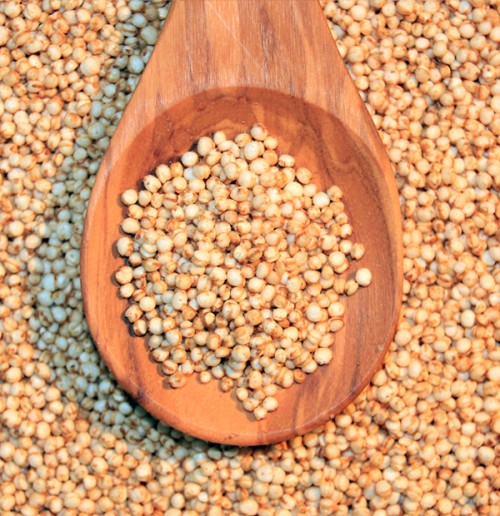
by Annette @ Wellness WA | Jun 24, 2013 | Food, Wellness Tips
♥ Whole grains are not only delicious, but also nutritious and versatile. Packed with vitamins, minerals and fibre, as a slow release complex carbohydrate they provide a sustained energy source. Whole grains are a settling and calming food, aiding the release...


